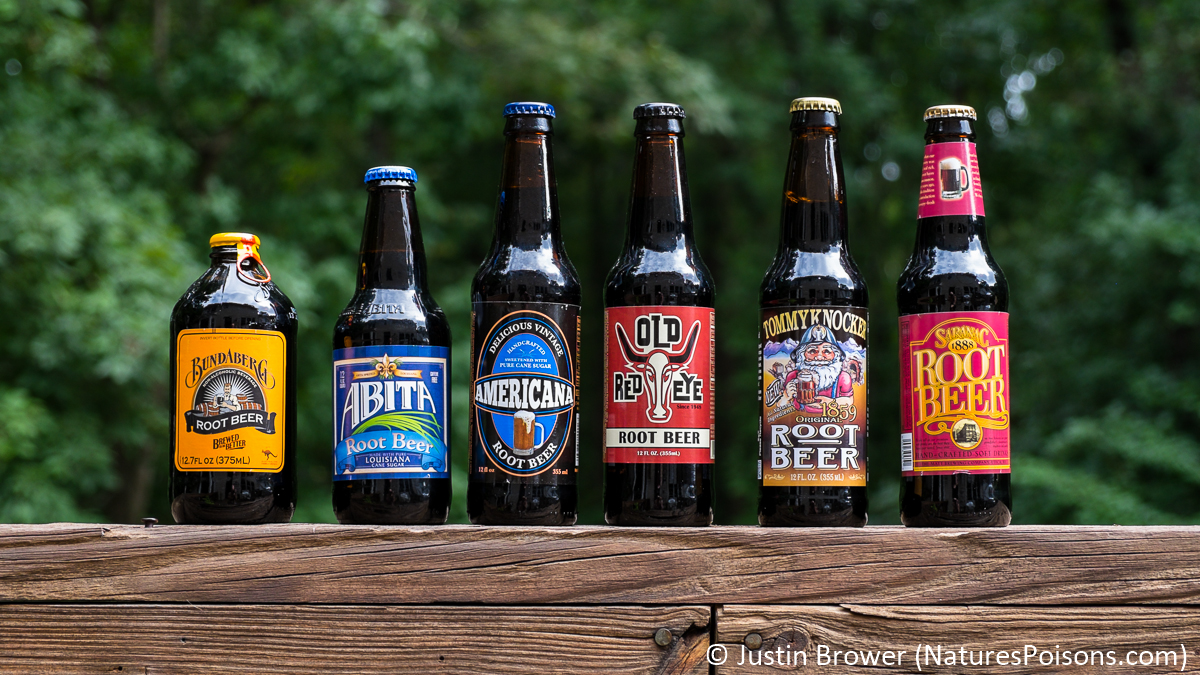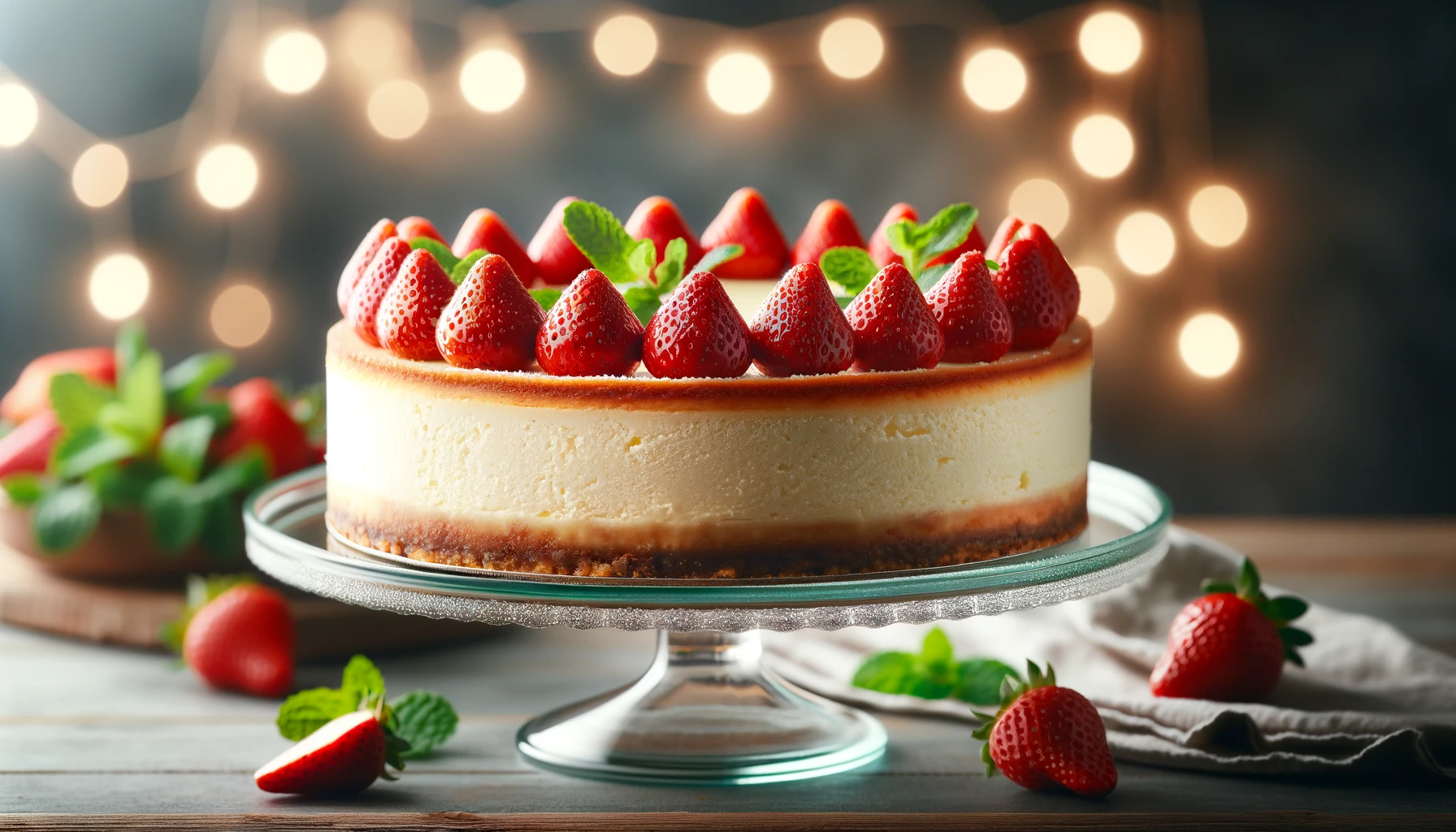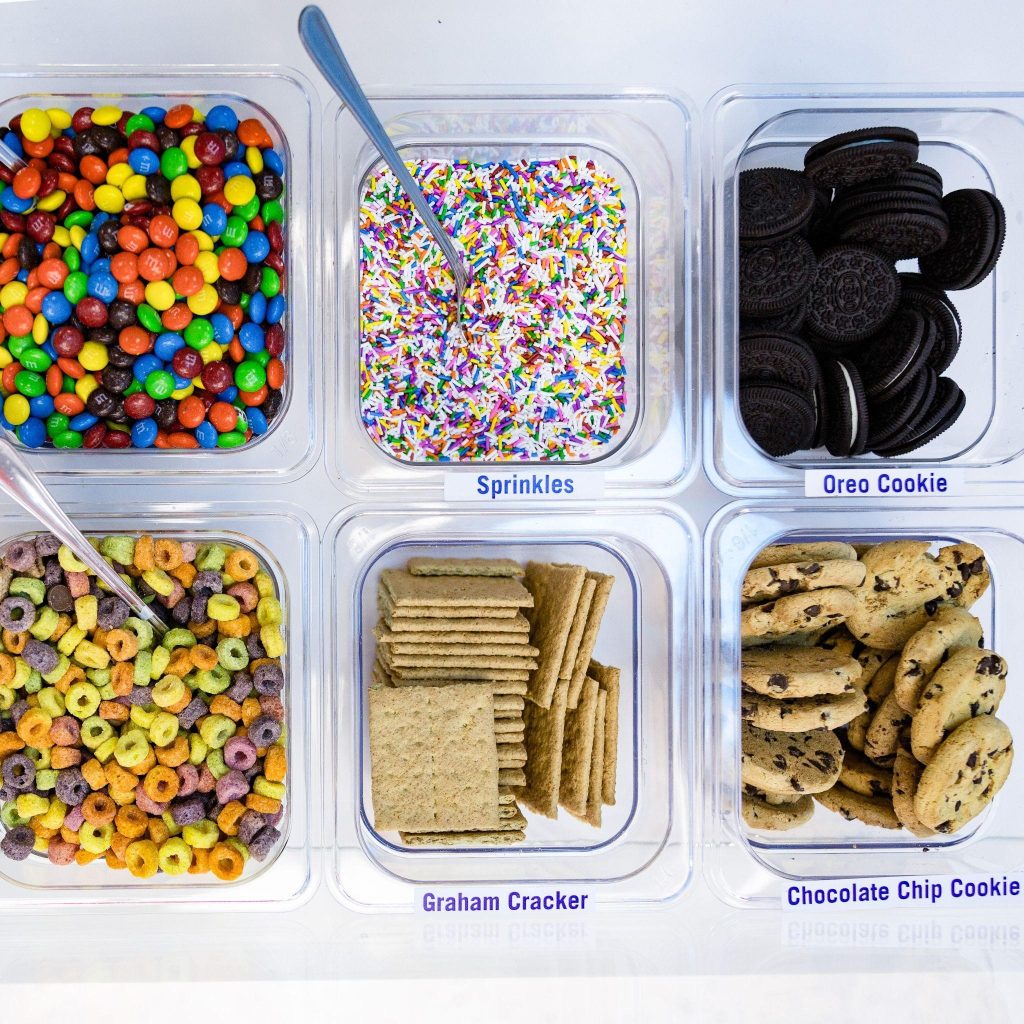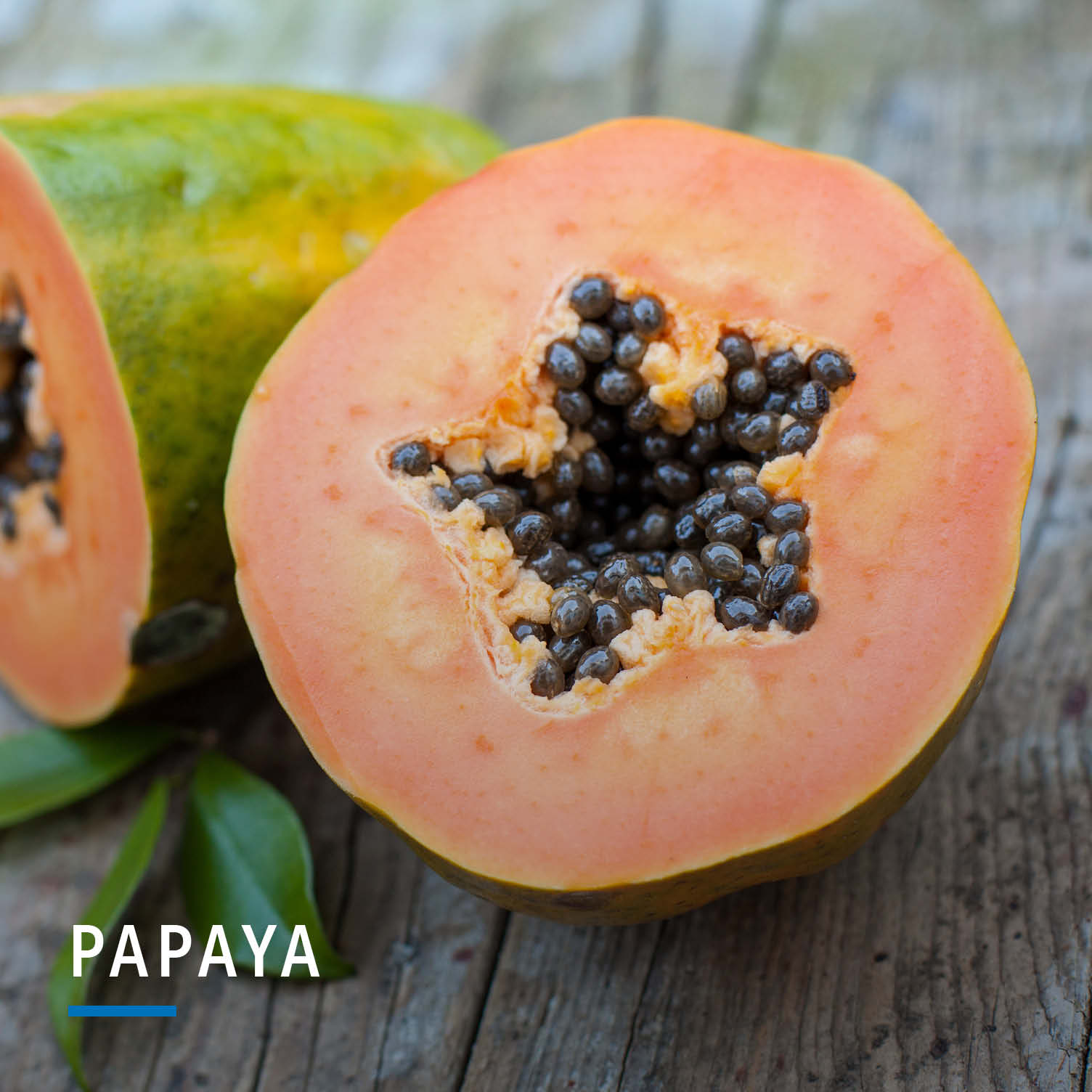The Science Behind Root Beer Flavor: A Delectable Discovery!
– Root beer originated as a non-alcoholic alternative to beer and was traditionally flavored with sarsaparilla root and sassafras root.
– The oil derived from sassafras and sarsaparilla, called safrole, is a carcinogen and has been banned by the FDA.
– Most modern-day root beer producers use flavorings that do not contain sarsaparilla or sassafras.
– The origins of root beer can be traced back to indigenous populations in early America.
– Native people used different parts of the sassafras tree to create medicinal tonics and cuisines.
– Recipes for root beer were learned by colonists who settled in the Americas.
– Root beer became popular among 18th-century farmers and was prepared for social events and celebrations.
– Early root beer ingredients included sassafras root, sarsaparilla, dandelion root, guaiacum chips, and dog grass.
– The process of making early root beer involved boiling water, adding sweeteners like molasses or maple syrup, and yeast.
– Charles Hires developed the first commercial root beer recipe in 1875 while on his honeymoon. The recipe contained 16 ingredients and cost 25 cents for a package that could make five gallons of the drink.
– Hires later created a liquid concentrate of the root beer, using nearly 30 different herbs, berries, and roots.
– Other root beer brands emerged, including Barq’s in 1898, A&W in 1919, Dad’s Old Fashioned in the late 1930s, and Mug in the 1940s. A&W is currently the top-selling root beer brand worldwide.
– Root beer flavors can vary widely, with some brands having a spicier and more bitter taste.
– The traditional root beer flavor includes wintergreen, vanilla, anise, and herbal, earthy notes.
– Additional ingredients that have been used in root beer include allspice, burdock root, yellow dock root, ginger root, juniper berries, wild cherry bark, birch bark, anise, and lemon.





